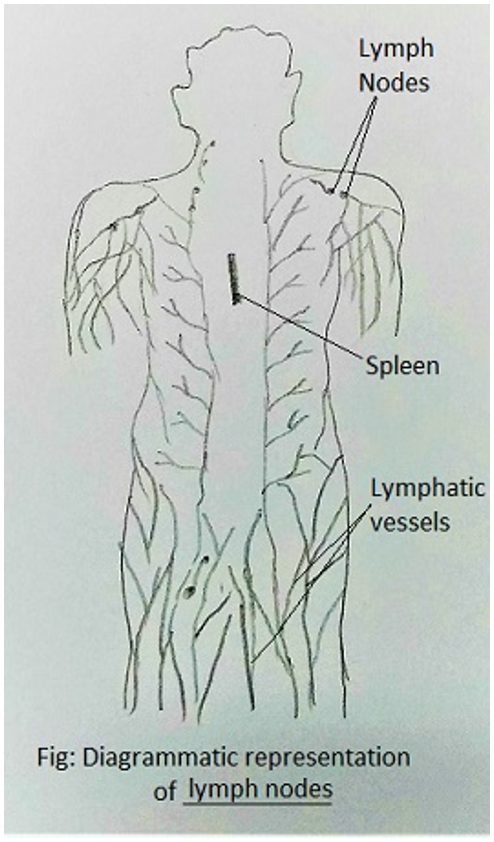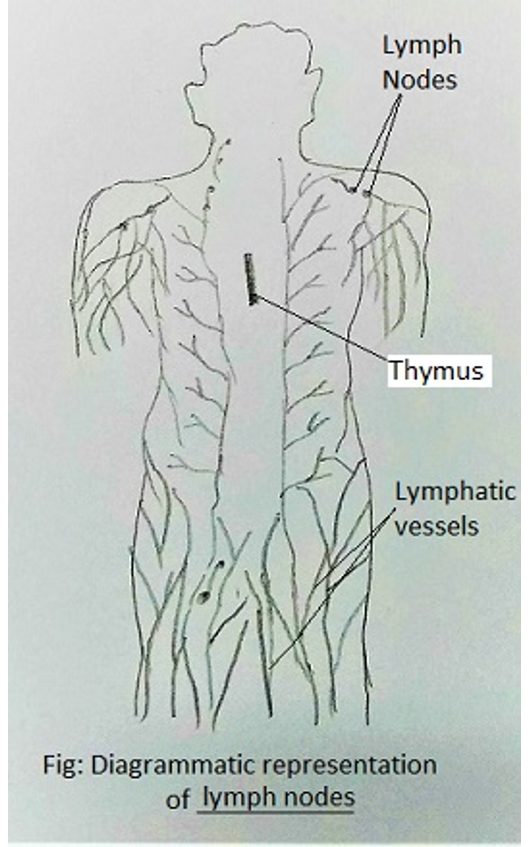This set of Class 12 Biology Chapter 8 Multiple Choice Questions & Answers (MCQs) focuses on “Cancer Detection and Diagnosis”.
1. What is the full form of MRI?
a) Magnetic Resonance Imaging
b) Motor Radiating Images
c) Menstruation Related Images
d) Mobile Resonance Imaging
View Answer
Explanation: MRI stands for Magnetic Resonance Imaging. It detects the pathological and physiological changes in the living tissue and is very useful in detecting the cancers of internal organs.
2. Which of the following is the most accurate and safest technique to diagnose cancer?
a) Biopsy
b) CT scan
c) MRI
d) Radiography
View Answer
Explanation: MRI is the most accurate and safest techniques to detect cancer of the internal organs. MRI uses strong magnetic fields and non-ionising radiations to accurately detect the presence of any abnormality in the living tissue.
3. Cancer detection is not based on which of the following tests or studies?
a) Biopsy
b) Widal test
c) Histopathological studies
d) Bone Marrow tests
View Answer
Explanation: Early detection of cancer is essential as it allows the disease to be treated successfully in many cases. Cancer detection is based on biopsy and histopathological studies of the tissue and the blood and bone marrow tests for increased cell counts in the case of leukaemias.
4. Which of the following is the correct option regarding biopsy?
a) Normal tissues of the infected individuals are studied
b) Thick sections of living tissues are studied under the microscope
c) Histopathological studies are done by an ophthalmologist
d) Suspected tissues are studied under the microscope
View Answer
Explanation: Biopsy is one of the techniques to detect cancer in suspected individuals. In a biopsy, a piece of suspected tissue is cut into thin sections and then is stained and examined under the microscope (histopathological studies) by a pathologist.
5. What is the full form of CT?
a) Computed Topography
b) Computed Tomography
c) Cumulative Tissue
d) Cumulative Technique
View Answer
Explanation: CT stands for computed tomography which uses X-rays to generate a three-dimensional image of the internal organs. It is used to detect cancer.
6. Which of the following is incorrectly labelled in the following diagram?

a) Lymph Nodes
b) Spleen
c) Lymphatic vessels
d) Diagrammatic representation of lymph nodes
View Answer
Explanation: Spleen is incorrectly labelled in the given diagram. The correct labelling of the diagram should be:

7. Which of the following techniques is commonly used to detect cancer in cervix and uterus?
a) Biopsy
b) Endoscopy
c) Radiography
d) PCR
View Answer
Explanation: Biopsy of tissue (pap test) is generally used to detect cancer in cervix and uterus. Gastroscopy and laparoscopy (types of endoscopy) can be used to detect cancer in stomach and pelvic region respectively. Radiography is used to detect cancer in internal organs like the kidney and pancreas.
8. Techniques of molecular biology cannot be used to detect genes that cause cancer.
a) True
b) False
View Answer
Explanation: Techniques of molecular biology can be used to detect genes in individuals with inherited susceptibility for certain cancers. After detection or identification of these genes in any individual, they may be advised to avoid exposure to particular carcinogens to which they are susceptible.
9. What is the use of monoclonal antibodies?
a) They are used to detect cancerous cells
b) They are used to increase the blood platelets count
c) They are used to treat AIDS
d) They are used to give a three-dimensional image of the internal organs of the body
View Answer
Explanation: Monoclonal antibodies against cancer-specific antigens are also used for the detection of certain cancers. For example, Herceptin. They are usually prepared by hybridoma technology.
10. Which of the following is not a common approach to treat cancer?
a) Surgery
b) Radiotherapy with ionising radiations
c) Immunotherapy
d) Chemotherapy
View Answer
Explanation: The common approaches for treatment of cancer are surgery, radiation therapy (with least ionising radiations), immunotherapy and chemotherapy. Most cancers are treated by the combination of surgery, radiotherapy and chemotherapy.
11. Which of the following radiations are used in radiotherapy?
a) Alpha rays
b) Beta rays
c) Gamma rays
d) X-rays
View Answer
Explanation: In radiotherapy, tumour cells are irradiated lethally by gamma rays which are the most penetrating and least ionising rays. For example, I131 is used to treat thyroid cancer. These radiations generally kill the immature, fast dividing cancerous cells.
12. When are the biological response modifiers used to treat cancer?
a) When the immune system responds to cancerous cells
b) When the immune system fails to detect the cancerous cells
c) When the immune system is hyperactive
d) When the immune system destroys the cancerous cells
View Answer
Explanation: Tumour cells have been shown to avoid detection and destruction in the immune system. Therefore, the patients are given substances called as biological response modifiers such as α-interferon when the immune system of the body fails to recognise the cancerous cells, which then activates their immune system and helps in destroying the tumour.
13. Taxol is an anticancer drug obtained from Vinca rosea.
a) True
b) False
View Answer
Explanation: Taxol is an anticancer drug obtained from Taxus baccata. Two drugs-Vincristin and Vinblastin are obtained from Catharanthus roseus (=Vinca rosea) and are effective in controlling leukaemia.
14. What are anticarcinogens?
a) Substances used to detect cancer
b) Substances used to kill cancerous cells
c) Substances used to prevent the action of carcinogens
d) Substances used to slow down the immune system
View Answer
Explanation: Anticarcinogens are the substances which prevent the action of carcinogens. Anticarcinogens occur in green-yellow vegetables, fruits and milk. &beta-carotene present in green-yellow vegetables is a promotor-inhibitor which weakens the action of cancer promoters.
15. Which of the following is not a symptom of cancer?
a) Unexplained loss of weight
b) A lump or hard swelling which does not heal
c) Baldness
d) Loss of blood through a natural orifice
View Answer
Explanation: The common symptoms of cancer include unexplained loss of weight, a lump or hard area, swelling or sore that does not heal, persistent cough or hoarseness, change in colour of a wart, a change in digestive/ bowel habits, loss of blood through a natural orifice.
Sanfoundry Global Education & Learning Series – Biology – Class 12.
To practice all chapters and topics of class 12 Biology, here is complete set of 1000+ Multiple Choice Questions and Answers.
If you find a mistake in question / option / answer, kindly take a screenshot and email to [email protected]
- Practice Class 12 - Mathematics MCQs
- Check Class 12 - Biology Books
- Practice Class 12 - Chemistry MCQs
- Practice Class 12 - Physics MCQs
- Practice Class 11 - Biology MCQs
